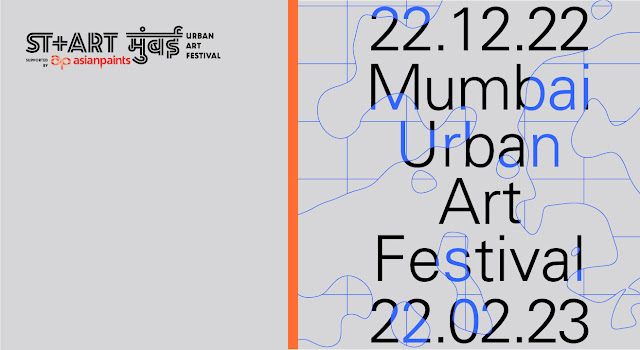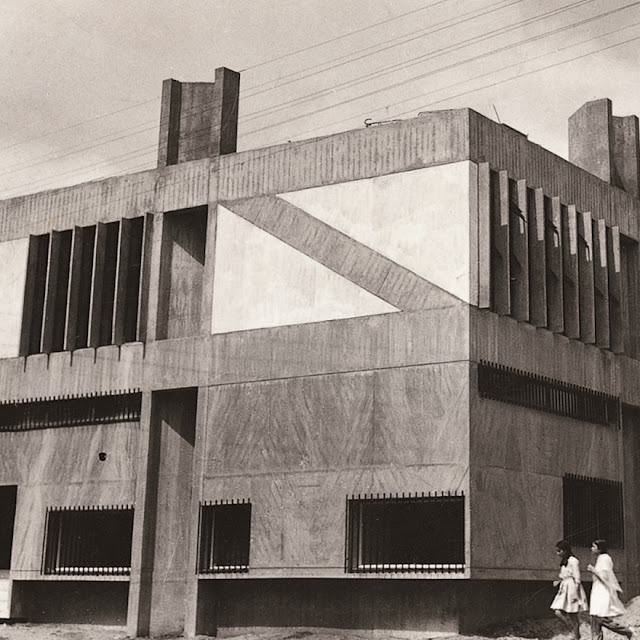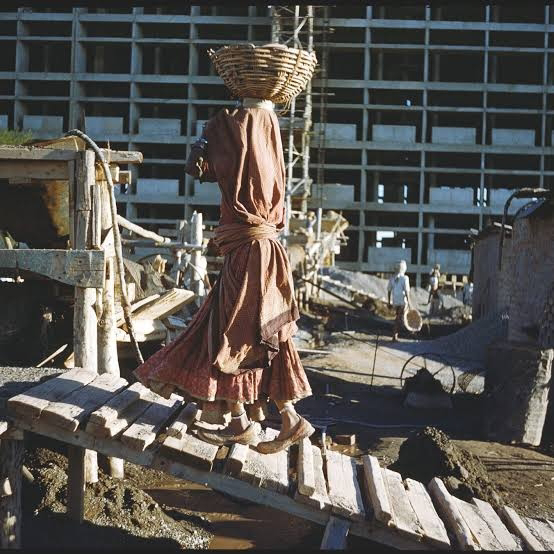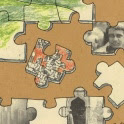On Morality
What part of myself makes me wake up every day, attend to my hygiene, eat breakfast and head out to catch my bus to work? Over 99.9% of the world shares this trait with me; who want to survive and provide for the people they care about and continue doing the same every day. This is including a minority of sociopaths who can go out of their way to hurt others indirectly in order to further themselves. A notable mention of this phenomenon for myself was in May 2020, when the country locked down and mass hysteria filled the news and streets. I was lucky to live with three other people with whom I shared this conundrum. Every day was somehow a positive start for us who came together to do basic tasks like figuring out where to get groceries from and praying for when will the alcohol shops open again. The Haywain by Hieronymous Bosch c. 1490-9 Bosch, inspired from religious teaching, would paint scenes of people rejoicing in heaven, living on earth and suffering in hell. These were meant to










